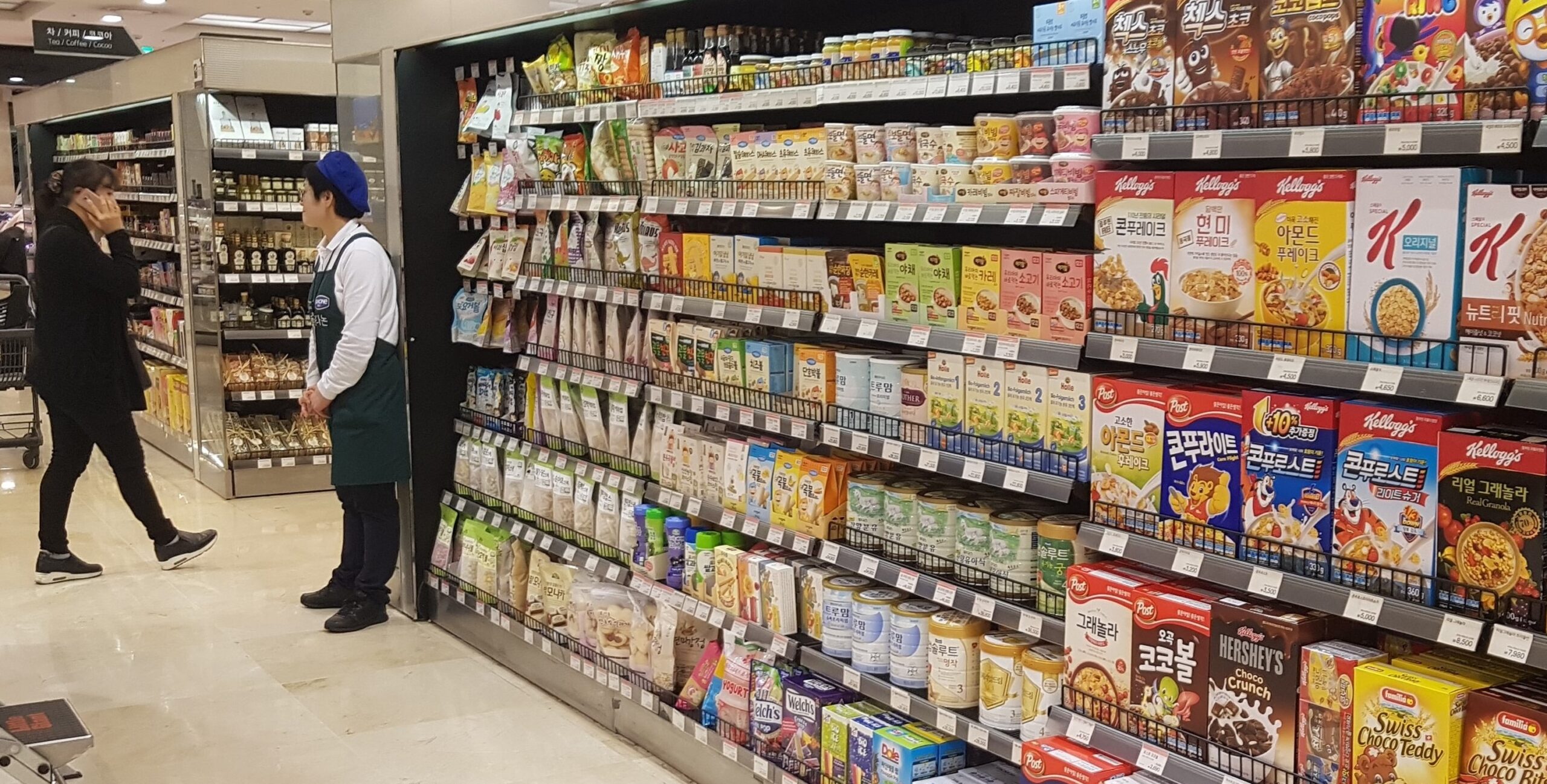Cameron Gordon walks emerging Kiwi F&B exporters through Asia’s retail minefield. All is not as simple as it might seem.
2017 has been a tough year for food and beverage retail throughout Asia.
Political turmoil in Malaysia, changes within the monarchy in Thailand, depressed Mainland Chinese tourism in Hong Kong and the North Korean threat in South Korea are some of factors that have led to a tightening of consumer belts and reduced profit margins for retailers.
This challenging environment means that food and beverage brands wanting to trade in retail in Asia need to be smarter than their competitors to ensure that they get in, and more importantly, that their products stay on the shelves in store.
Failure comes at a very high cost; a failed entry strategy means that paid-for shelf space could be given to other brands after three to six months of relative non-performance, with all the fees paid to retailers for the pleasure of selling in their stores going up in a puff of smoke.
Shelf space is real estate and there is a shelf per-square-centimetre return that is monitored very closely.
Moving into the New Year, we at Incite recommend you consider the following before hitting the sales trail in Asia in 2018.
The squeeze is on
Depressed demand and the emerging strength of online retail are two factors that are leading to reduced profit margins for major retailers in Asia. As many of these retailers are part of large publicly-listed companies, providing adequate return on shareholder capital is paramount.
Aside from selling groceries, the other major revenue channel for supermarkets is the charging of fees to suppliers for use of shelf space and for participation in store-owned promotional initiatives. These fees, in many cases, are the only reason why retailers remain profitable.
With the squeeze in profits in 2017 we have seen a significant increase in the fees that retailers are demanding from suppliers, particularly in Singapore and Thailand.
While these fees come part and parcel when trading in retail in Asia, it is crucial for brand owners to understand which retailers (and in how many stores under each retail banner) their products should be on the shelves in. The irony is that being in too many stores can actually count against a supplier. If a supplier’s products are not moving in non-relevant stores, this can lead to a non-performance black mark against their name at review time.
It is not rocket science that the more times shelf space is turned over to new suppliers, the more fees are generated for the retailer. As many category manager’s KPIs are more related to the extraction of supplier fees, as opposed to bringing in good products that consumers will like and buy, a cautious and measured approach is required.
Who does what?
There are three typical supply chain models that can be used when selling via retailers throughout Asia. They are:
- Direct to retail
- Trading with retailers through a consolidator, and
- Selling to retail through a local distributor.
In the majority of cases the first two are the same – most retailers do not have the infrastructure in place to manage logistics etc., so they will appoint a consolidator in each country to manage this service for them.
In our experience, the most successful approach is to appoint a capable distributor, who can manage import, warehousing and distribution functions, but most importantly, merchandising and promotional strategy design and deployment.
It is important to understand that a great product still needs help to sell itself. Merchandising and promotion are often where the first two models fall over, as consolidators are service providers to retailers, not brand owners, and it is not the retailer’s responsibility to sell the brand owners products for them.
The benefits of a strong merchandising and in-store promotion strategy are twofold.
Firstly, you sell more product as it is being presented professionally and you are giving consumers an opportunity to experience your product, either through a free tasting or through providing a discount that encourages purchase.
Secondly, you are showing the retailer that you are serious about your business and not just putting your goods on their valuable shelf real estate to sit there and expire.
Avoiding the margin grab
Ensuring your products are competitively priced on the shelf should be one of your major priorities right throughout the market entry process – right up until your product is actually listed on the shelf in retail. You should know your supply chain margins back-to-front, starting with your product’s export pricing right through to your on-the-shelf pricing.
Supply chain margins will include freight, tariffs and duties, clearance costs, distributor profit margin, retailer profit margins (front and back) and sales taxes.
Reining in margins along the way will ensure you hit the shelves at an optimal price point.
You will also be in a position to make any adjustments to your export pricing required to position your products correctly against the shelf competition.
Cameron Gordon is director of Incite, an export development agency for food and beverage brands trading with Asia. Incite advises clients on country specific sales strategy and manages the distributor appointment process for clients in Singapore, Malaysia, Thailand, Philippines, Indonesia, Hong Kong, Taiwan and Korea. Email [email protected], phone +64-9-889 0041, or visit www.exportincite.com




